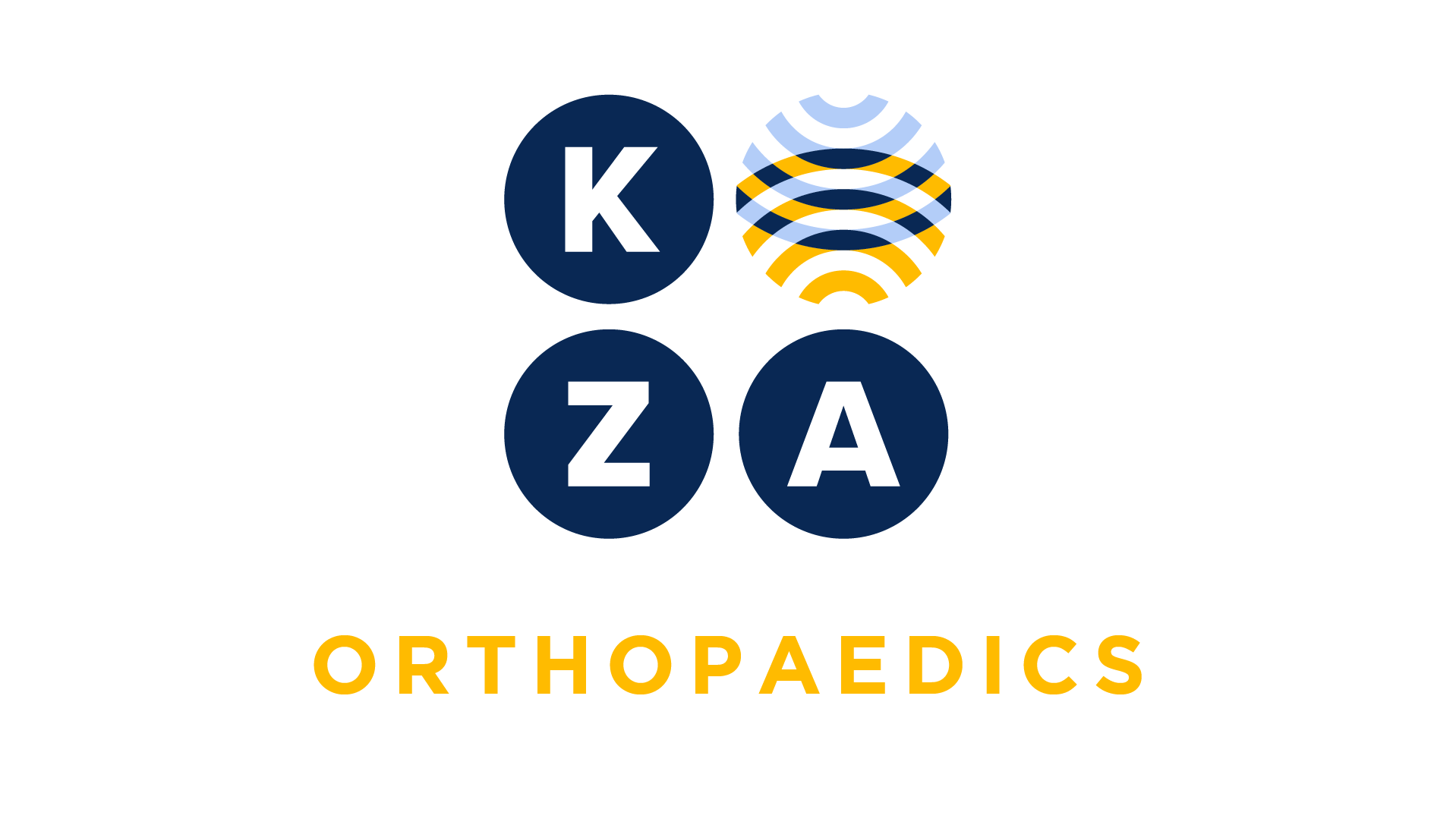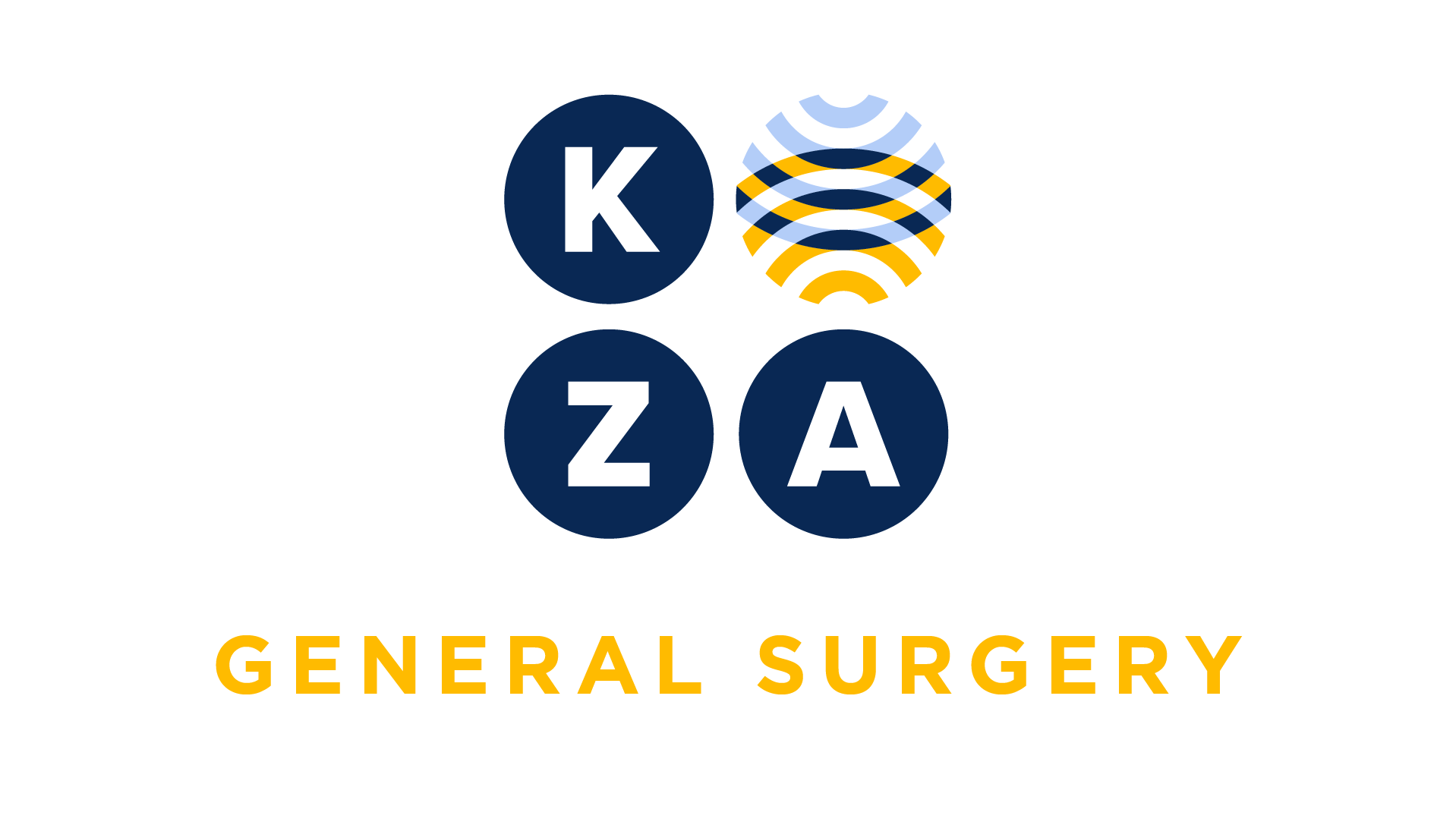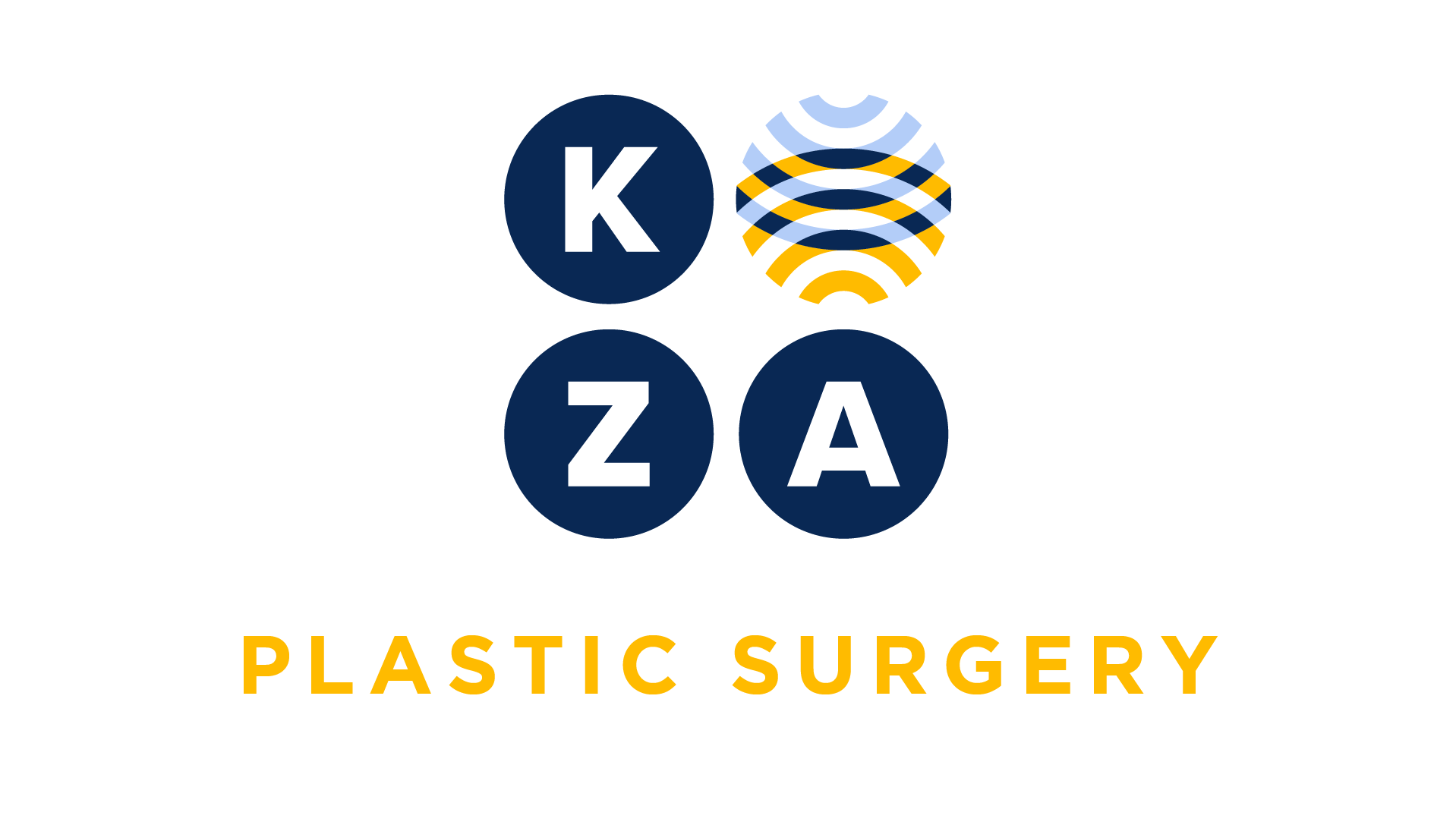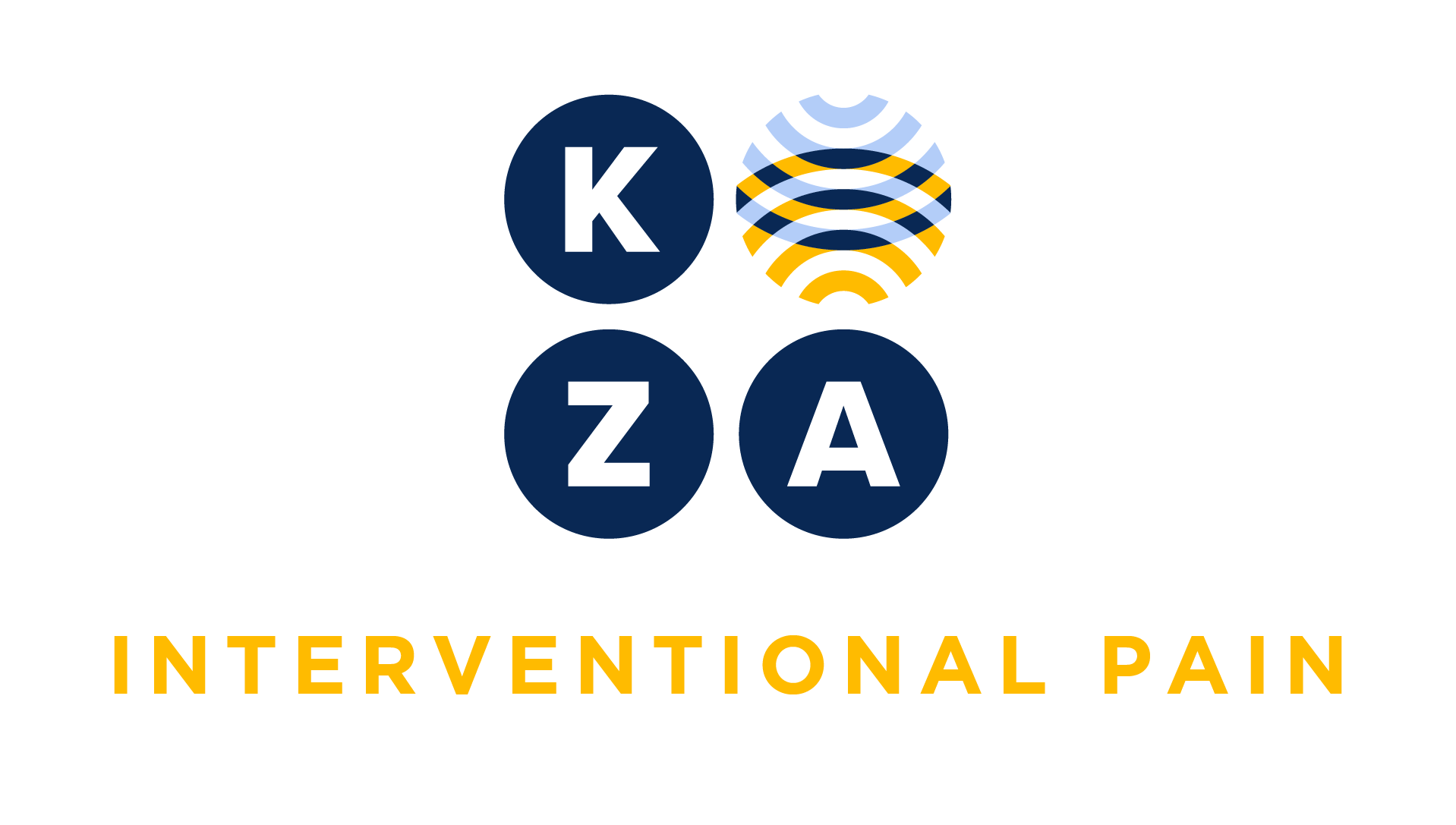
Choose your specialty from the list below to see how our experts have tackled a wide range of client questions.
Looking for something specific? Utilize our search feature by typing in a key word!
ER Visit Coding
What code do we charge for an ER visit when our physician was called to the ER by the ER doctor. The patient has Medicare.
Question:
What code do we charge for an ER visit when our physician was called to the ER by the ER doctor. The patient has Medicare.
Answer:
If the patient was not admitted by you to the hospital (e.g., they were admitted by another service or discharged), then you code it as an ED visit, 9928x, when the payor does not recognize the consultation (9924x) codes.
*This response is based on the best information available as of 05/05/22.
Grafts/Implants
I know in years past from attending KZA/ AAOS workshops that the instructors taught that bone grafts (CPT code 20900 and 20902) were only reportable if the graft was harvested via a separate incision. Our surgeon recently did an arthroplasty procedure and harvested local bone to fill in bone voids. The surgeon wanted to code separately and I told the surgeon about needing to have made a separate incision. Now, I am questioning myself and wondering if this is still correct?
Question:
I know in years past from attending KZA/ AAOS workshops that the instructors taught that bone grafts (CPT code 20900 and 20902) were only reportable if the graft was harvested via a separate incision. Our surgeon recently did an arthroplasty procedure and harvested local bone to fill in bone voids. The surgeon wanted to code separately and I told the surgeon about needing to have made a separate incision. Now, I am questioning myself and wondering if this is still correct?
Answer:
Yes, you are correct. CPT continues to provide guidelines for Grafts/Implants that may be found in the 2022 CPT Manual Professional Edition on page 147.
The instructions address reporting services when obtaining autogenous bone, cartilage, fascia lata, bone marrow or other tissues. The instructions state a separate CPT code should be reported when the graft/implant is harvested via separate skin/fascial incisions. An exception applies when the CPT code descriptor references the harvest of a graft as included in the code.
This section of CPT applies to CPT codes 20900, 20902, 20910, 20912, 20920, 20922, and 20924.
CPT codes 20900 and 20902 are described as:
20900: Bone graft, any donor area; minor or small (eg, dowel or button)
20902: Bone graft, any donor area; major or large
An exception applies when the CPT code descriptor references the harvest of a graft as included in the code.
Two examples of CPT codes where the descriptor states “includes obtaining graft” follow:
25274: Repair, tendon or muscle, extensor, forearm and/or wrist; secondary, with free graft (includes obtaining graft), each tendon or muscle
25431: Repair of nonunion of carpal bone (excluding carpal scaphoid (navicular)) (includes obtaining graft and necessary fixation), each bone
The harvest of the graft (tendon (20924) or bone (20900, 20902)) is inclusive regardless of whether obtained via the same or separate incision. A tendon graft or bone graft code is not separately reportable with these two primary codes.
Different rules apply to the other CPT codes 20930-20939, 20932-20934 that are also found in this section of CPT.
Acute Versus Chronic Conditions for Office E/M Services
When determining if an illness is chronic versus acute is it based on how long the patient has had the condition or is it based on if the condition is considered a chronic or acute condition?
Question:
When determining if an illness is chronic versus acute is it based on how long the patient has had the condition or is it based on if the condition is considered a chronic or acute condition?
Answer:
The AMA defines chronic as: A problem with an expected duration of at least a year or until the death of the patient.
An Acute problem is “A recent or new short-term problem with low risk of morbidity for which treatment is considered. There is little to no risk of mortality with treatment, and full recovery without functional impairment is expected..” An acute problem can be uncomplicated, acute complicated or acute with systemic symptoms. Please reference this link for the AMA definitions.https://www.ama-assn.org/system/files/2019-06/cpt-office-prolonged-svs-code-changes.pdf.
Keep in mind the practitioner should document the whether the condition is acute or chronic if the condition is stable or exacerbating.
*This response is based on the best information available as of 05/05/22.
Abdominal Fat Pad Core Biopsy
We did an abdominal fat pad biopsy for primary cutaneous Amyloidosis. Would 49180 or 11104 be the appropriate code for this?
Question:
We did an abdominal fat pad biopsy for primary cutaneous Amyloidosis. Would 49180 or 11104 be the appropriate code for this?
Answer:
49180 is for a core sample within or behind the abdominal cavity. If the core biopsy is documented down to the subcutaneous fat pad only, this is coded as a punch biopsy 11104. And if the provider documents ultrasound guidance with proper documentation (i.e., noting anatomical findings and needle placement), 76942 can be billed as well with modifier 26 if indicated.
*This response is based on the best information available as of 05/05/22.
Spinal Wound Closure with Flaps
One of our spine surgeons has asked me to help with an upcoming case. The patient is obese and has had multiple prior spine procedures. The spine surgeon would like me to close using bilateral paraspinal muscle flaps. How do I code the procedure and will I even get paid?
Question:
One of our spine surgeons has asked me to help with an upcoming case. The patient is obese and has had multiple prior spine procedures. The spine surgeon would like me to close using bilateral paraspinal muscle flaps. How do I code the procedure and will I even get paid?
Answer:
Good question because some closure is included in the spine procedure codes. The type of closure included in most surgical procedure codes is classified as simple, intermediate or complex repairs. Simply put, bringing the wound edges together directly is included in surgical procedure codes (except excision of skin lesion codes). You’re doing more than bringing the wound edges together so you are allowed to code for the procedure and you should be paid. You’ll use 15734 for one side and 15734-59 for the contralateral side.
ER Visit Coding
What code do use when our pain doctor sees a patient in the emergency department for a consultation at the request of the ED physician? Our pain doctor treated the patient and discharged the patient from the ED.
Question:
What code do use when our pain doctor sees a patient in the emergency department for a consultation at the request of the ED physician? Our pain doctor treated the patient and discharged the patient from the ED.
Answer:
Since the patient was not admitted your physician to the hospital you code it as an ED visit, 9928x, when the payor does not recognize the consultation (9924x) codes.






